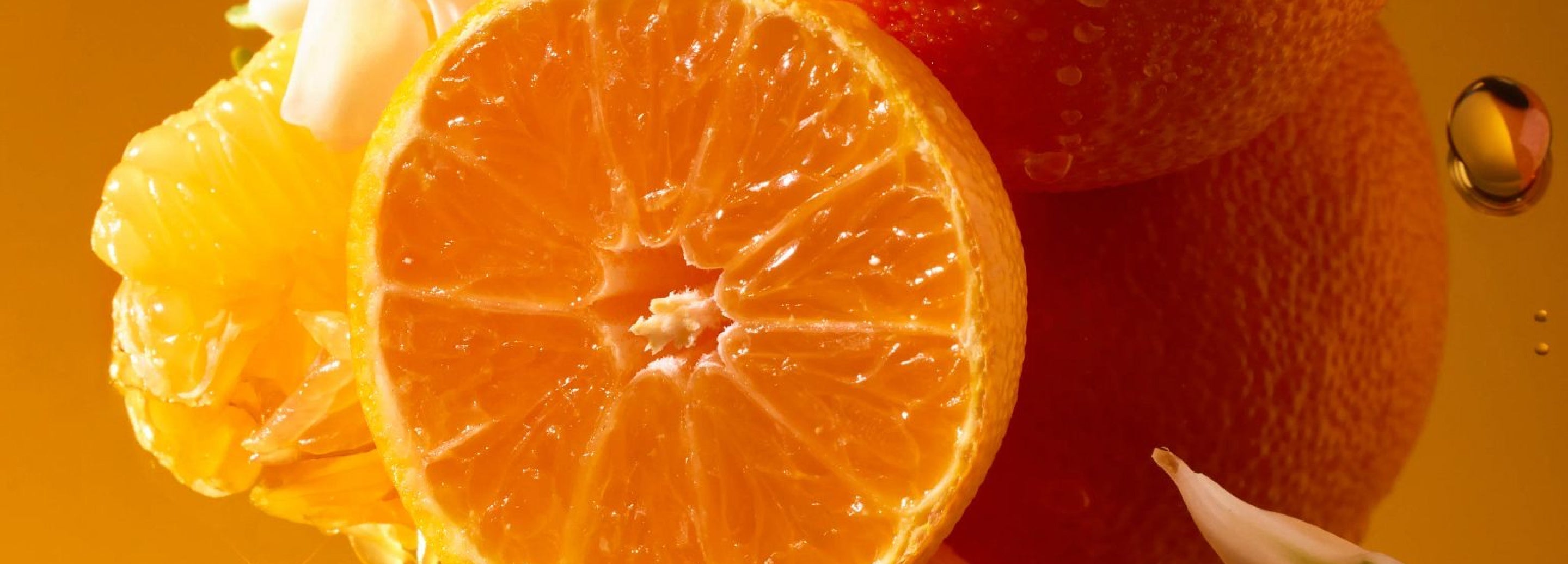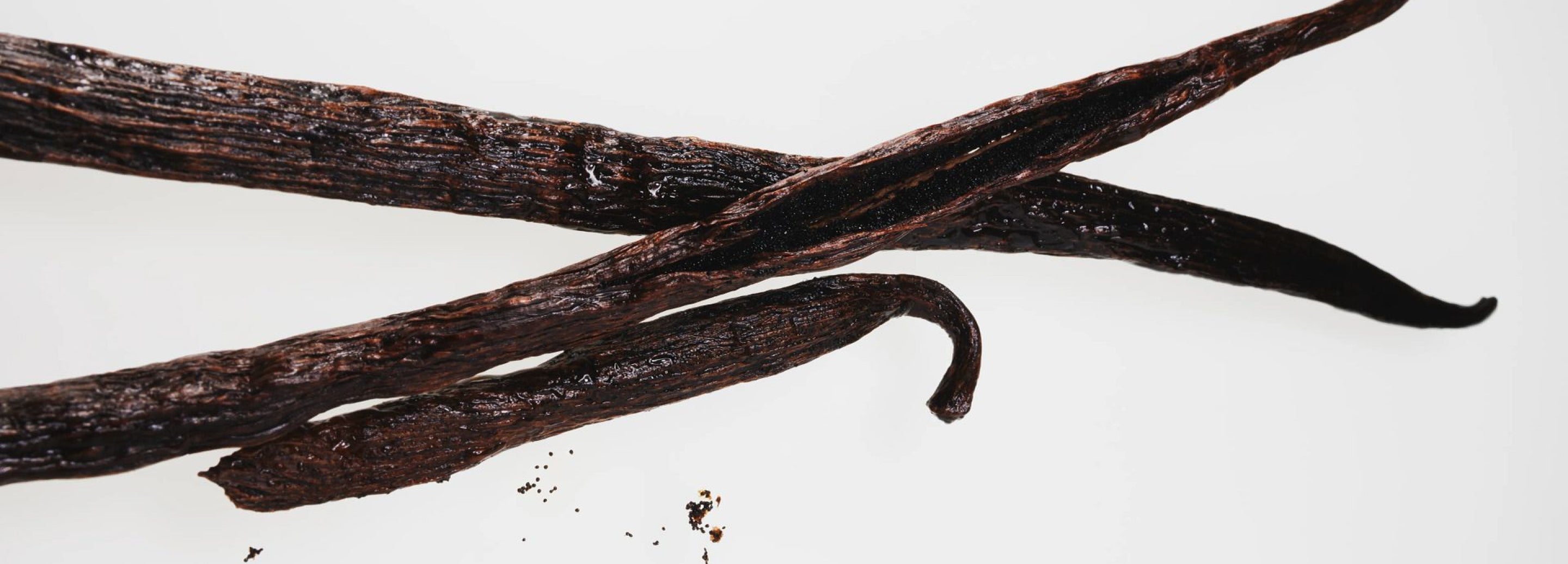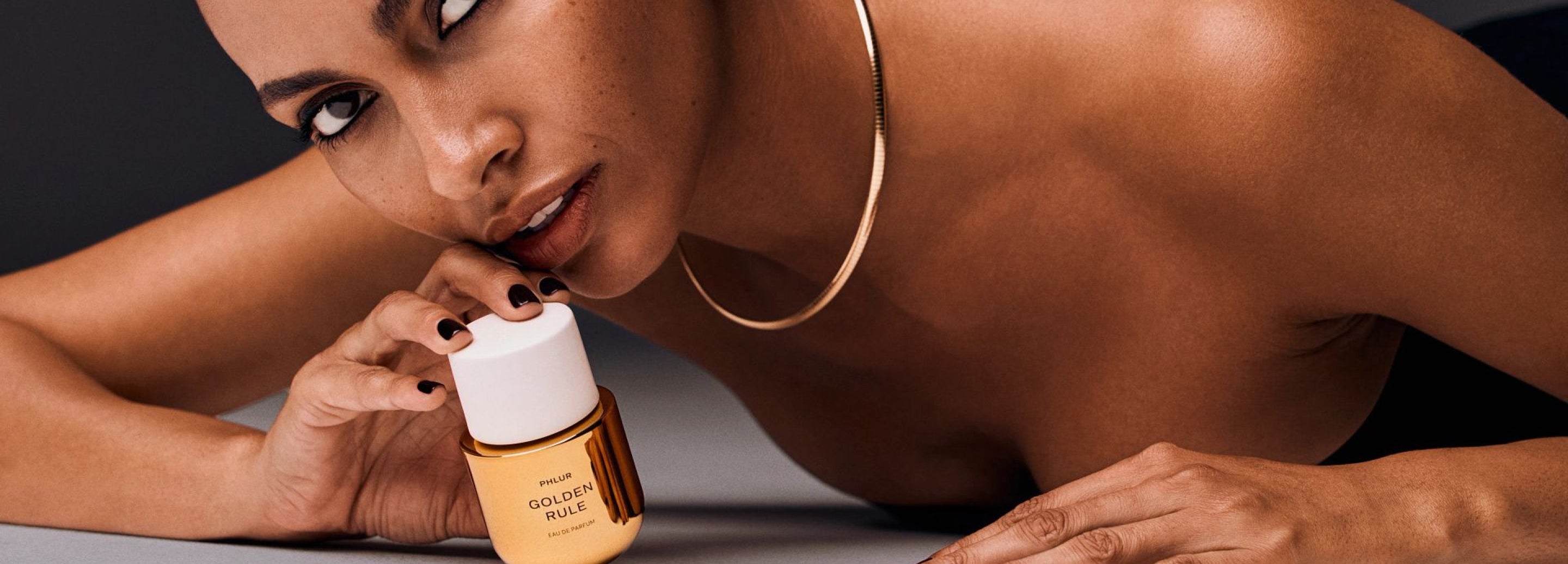In the master art of perfumery, there is an assumed key aspect to the performance of a fragrance evaluation. You must have an ability to distinguish the aromas you are smelling. This ability to capture the notes and olfactory variations is called having a “nose”. An expert in the perfume industry might be referred to as the “nose” of the company.
With each element of a fragrance having its own unique, customized aroma, it’s difficult to imagine identifying and developing a perfume without the experience established from years of smelling different notes and accords.
Like a wine sommelier tasting the different varieties of grapes, so too is the evaluator or “nose” smelling the olfactory elements of a fragrance. Subtle adjustments can be made to do everything from adding brightness, warmth, depth, sharpness, etc. and these development directions are key to customizing a fragrance.
What Are the Steps in Fragrance Evaluation?
Each perfume has a unique composition that is composed of a customized arrangement of notes. These notes create a tiered impression of aromas referred to as top, mid/middle/heart or base/bottom notes. The volatility and/or duration of a raw material can help further define these different types of notes. Volatility is the ability of compounds that have high vapor pressure to evaporate into the air easily at room temperature. Our noses then smell the evaporated liquid and register it as a scent.
An evaluator or “nose” will relay very specific adjustments based on an initial evaluation as well as additional feedback as the aromas come through over time.
What Description Terms Are Used in Evaluating a Fragrance?
When initially smelling any perfume on a fragrance blotter, the top notes provide the aroma you initially smell. This provides your first impression of a fragrance but they have the highest volatility, so therefore only last 5-15 minutes. The middle or mid notes, referred to as the heart of the fragrance, can last up to an hour longer than the top notes. The bottom or base notes have the lowest volatility so they can last many hours.
This full evolution of customized raw materials balanced together to create a unique fragrance aroma is what perfumers call an “accord”. This accord delivers the overall theme of the fragrance.
Terms like sharp, sweet, floral, bright and depth are just a few in an evaluator's dictionary. The appropriate terms can mean everything to a perfumer attempting to modify and capture the development vision.
- Choosing a selection results in a full page refresh.
- Opens in a new window.




